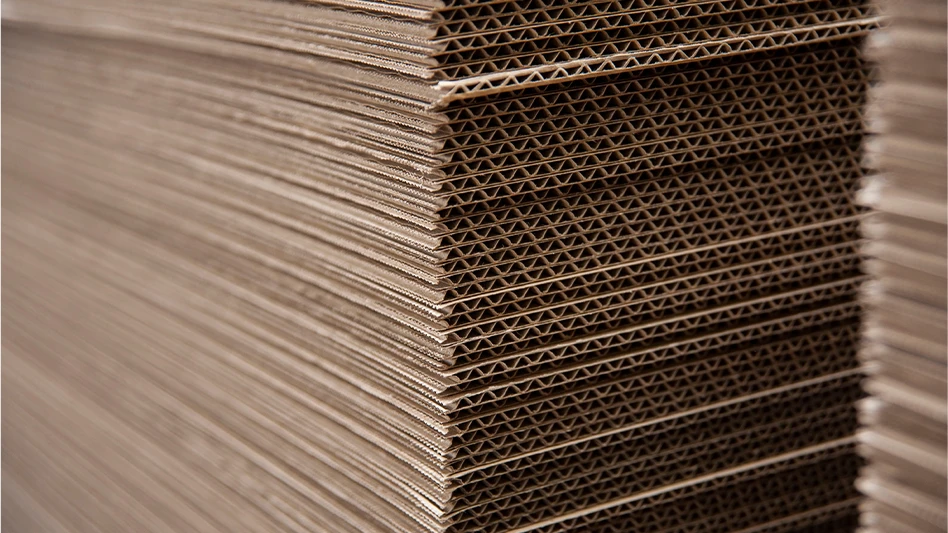
Recycling Today archives
The Corrugated Packaging Alliance (CPA), an initiative sponsored by the American Forest & Paper Association (AF&PA), AICC – the Independent Packaging Association, the Fibre Box Association and TAPPI, recently released the results of a life cycle assessment (LCA) that revealed the corrugated packaging industry has made strides in reducing its environmental impact, with recycling infrastructure being a key driver of that progress.
The study, conducted by London-based Anthesis and Cary, North Carolina-based National Council for Air and Stream Improvement, evaluated the environmental performance of a United States industry-average corrugated product throughout its entire life cycle. It was based on information from containerboard mills representing approximately 69 percent of U.S. containerboard production in 2020 as well as converting facilities representing about 57 percent of 2020 U.S. corrugated shipments.
According to the assessment, the corrugated packaging industry has substantially reduced its environmental impact since 2006, including reducing greenhouse gas emissions by nearly 50 percent. Other indicators that have been reduced include: ozone depletion by 13 percent, smog by 44 percent, acid rain by 41 percent, eutrophication by 30 percent, respiratory effects by 54 percent, energy use by 13 percent and water use by 18 percent.
The area that has increased since 2006 is fossil fuel extraction, which is up by 20 percent.
“Sustainable practices are at the foundation of the paper and wood products industry,” AF&PA President and CEO Heidi Brock says. “Our industry has a long track record of sustainability leadership. … This life cycle assessment reflects a long-standing commitment to sustainable manufacturing furthering the circular nature of our industry.”
Investments in recycling infrastructure are credited as a key driver of industry progress, and when compared with an industry-average corrugated product, the results suggest 100 percent-recycled products generate lower emissions of eutrophying substances and use less water and renewable energy.
“The introduction of fresh fiber into the system drives the removal calculations of CO2 and methane from the landfill,” the report says. “Looking at either stream of production in isolation has advantages and disadvantages, while the combination of new, fresh fibers and recycled fibers maximizes fiber reuse and enables circularity.
“When comparing [a] 100 percent recycled-content product with the industry-average product using the cut-off method, all impact indicators are equal to or favorable to the environment, except for GHG emissions. These better-than-average indicators help drive the improvements in land, air, and water impact categories for the entire industry.”
The life cycle assessment can be found here.
Latest from Recycling Today
- BMW Group, Encory launch 'direct recycling’ of batteries
- Loom Carbon, RTI International partner to scale textile recycling technology
- Goodwill Industries of West Michigan, American Glass Mosaics partner to divert glass from landfill
- CARI forms federal advocacy partnership
- Monthly packaging papers shipments down in November
- STEEL Act aims to enhance trade enforcement to prevent dumping of steel in the US
- San Francisco schools introduce compostable lunch trays
- Aduro graduates from Shell GameChanger program





